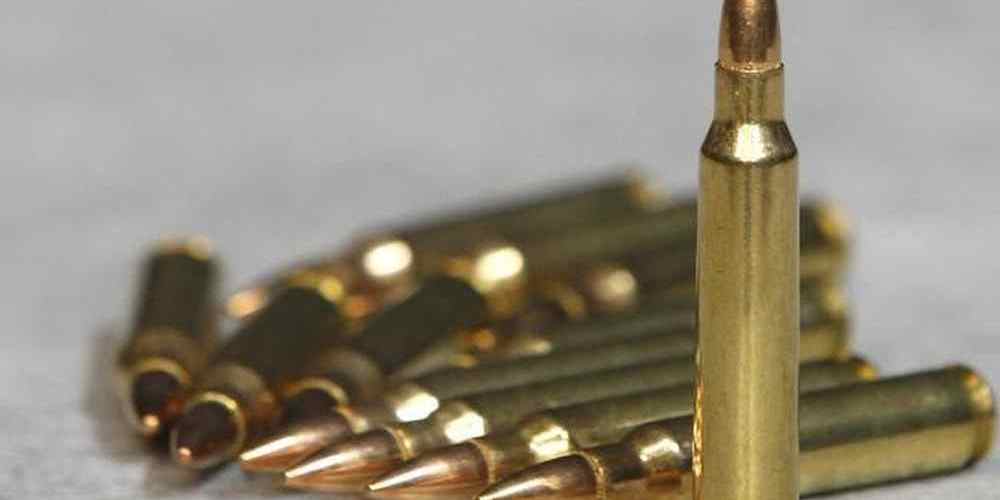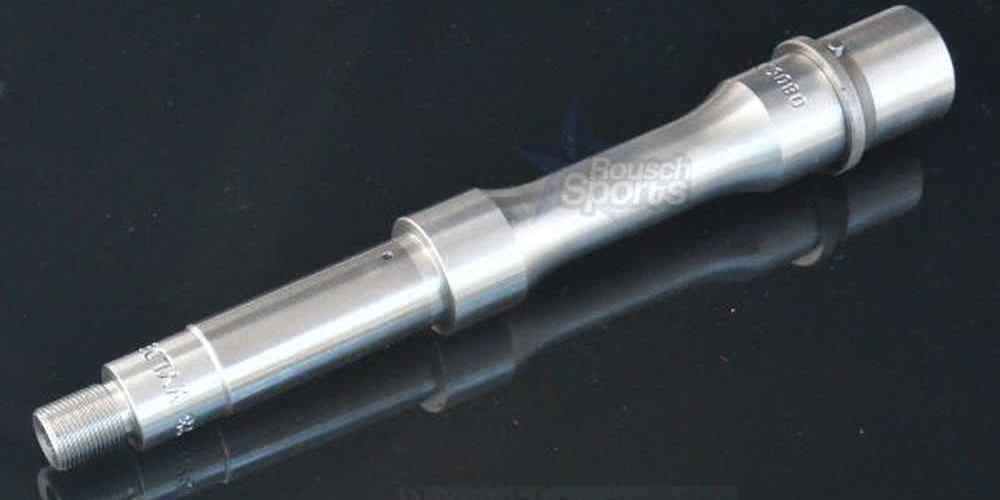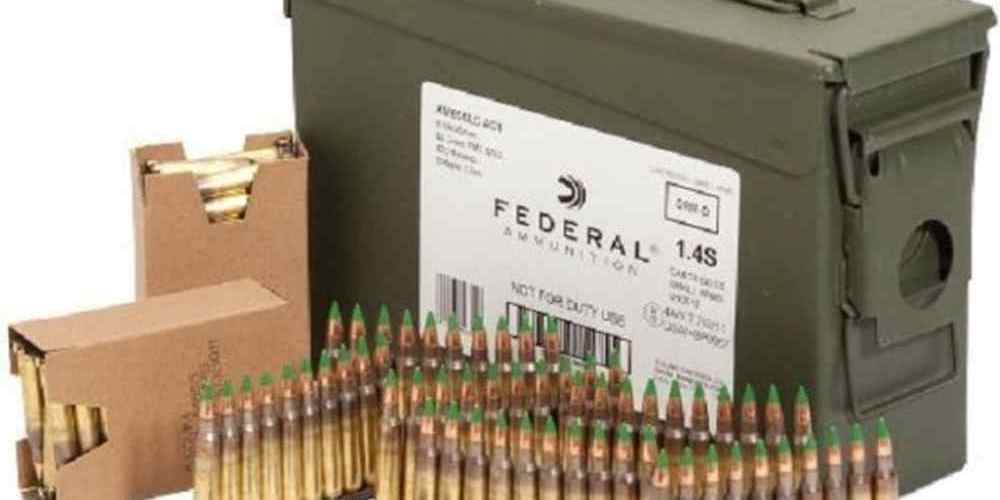Yes, you can reload steel-cased AR15 ammo.
“Reload with steel, shoot with precision.”
Pros and Cons of Reloading Steel-Cased AR15 Ammo
Reloading ammunition has become a popular hobby among gun enthusiasts, as it allows for customization and cost savings. However, when it comes to reloading steel-cased AR15 ammo, there are some pros and cons to consider.
One of the main advantages of reloading steel-cased AR15 ammo is the potential cost savings. Steel-cased ammo is typically cheaper than brass-cased ammo, so reloading it can result in even greater savings. Additionally, reloading steel-cased ammo can allow for more customization in terms of bullet weight, powder charge, and overall performance.
Another benefit of reloading steel-cased AR15 ammo is the ability to reuse the casings multiple times. While steel casings are not as durable as brass casings, they can still be reloaded several times before needing to be replaced. This can further reduce the overall cost of shooting and allow for more practice and training.
On the other hand, there are some drawbacks to reloading steel-cased AR15 ammo. One of the main concerns is the potential for increased wear and tear on the firearm. Steel casings are harder than brass casings, which can cause more wear on the chamber and other components of the gun. This can lead to increased maintenance and potentially shorten the lifespan of the firearm.
Additionally, steel-cased ammo is typically coated with a polymer or lacquer to prevent corrosion. When reloading steel-cased ammo, this coating can cause issues with the reloading process. The coating can melt and gum up reloading equipment, leading to malfunctions and potentially dangerous situations. It is important to thoroughly clean and inspect the casings before reloading to avoid any issues.
Another consideration when reloading steel-cased AR15 ammo is the potential for decreased accuracy. Steel casings are not as consistent as brass casings, which can lead to variations in performance. This can result in decreased accuracy and reliability, especially in precision shooting situations. It is important to carefully inspect and test reloaded steel-cased ammo to ensure it meets performance standards.
In conclusion, reloading steel-cased AR15 ammo can be a cost-effective and customizable option for gun enthusiasts. However, there are some drawbacks to consider, including increased wear on the firearm, potential issues with the coating, and decreased accuracy. It is important to weigh the pros and cons carefully before deciding whether to reload steel-cased ammo. With proper care and attention to detail, reloading steel-cased AR15 ammo can be a rewarding and enjoyable experience for shooters looking to save money and customize their ammunition.

How to Reload Steel-Cased AR15 Ammo Safely
If you’re a gun enthusiast who owns an AR15, you may be wondering if it’s possible to reload steel-cased ammo for your rifle. The short answer is yes, it is possible to reload steel-cased AR15 ammo, but there are some important factors to consider to ensure you do so safely and effectively.
One of the main reasons why some gun owners choose to reload steel-cased ammo is to save money. Steel-cased ammo is typically cheaper than brass-cased ammo, making it an attractive option for those looking to cut costs. However, there are some challenges associated with reloading steel-cased ammo that you should be aware of before you start the process.
One of the main challenges of reloading steel-cased ammo is that steel is harder than brass, which can make it more difficult to resize and reshape the casing. This can lead to issues such as case splitting or cracking, which can be dangerous when firing the reloaded rounds. To avoid these issues, it’s important to use the right equipment and techniques when reloading steel-cased ammo.
When reloading steel-cased AR15 ammo, it’s important to use a resizing die that is specifically designed for steel casings. These dies are made with harder materials that can withstand the increased pressure required to resize steel casings. Using a regular resizing die designed for brass casings can lead to damage to the die and potentially unsafe reloaded rounds.
In addition to using the right resizing die, it’s also important to lubricate the steel casings before resizing them. This will help reduce friction and make it easier to resize the casings without causing damage. Be sure to use a lubricant that is specifically designed for steel casings to ensure the best results.
Another important factor to consider when reloading steel-cased AR15 ammo is the type of primer you use. Steel casings are typically Berdan-primed, which can make them more difficult to reload than brass casings, which are typically Boxer-primed. Berdan-primed casings have multiple flash holes, which can make it more challenging to seat the primer properly. It’s important to use a primer seating tool that is designed for Berdan-primed casings to ensure a proper fit.
When reloading steel-cased AR15 ammo, it’s also important to pay attention to the overall condition of the casings. Inspect each casing carefully for signs of damage or wear, and discard any casings that show signs of stress or fatigue. Using damaged casings can lead to dangerous malfunctions when firing the reloaded rounds.
In conclusion, it is possible to reload steel-cased AR15 ammo, but it requires careful attention to detail and the use of the right equipment and techniques. By following these tips and guidelines, you can safely and effectively reload steel-cased ammo for your rifle. Remember to always prioritize safety when reloading ammunition, and never hesitate to seek guidance from experienced reloaders if you have any questions or concerns. Happy reloading!
Cost Comparison: Reloading vs Buying New Steel-Cased AR15 Ammo
If you’re an avid shooter who owns an AR15, you know that ammunition can be a significant expense. One way to save money on ammo is by reloading your own cartridges. However, when it comes to steel-cased AR15 ammo, many shooters wonder if it’s possible to reload these cartridges. In this article, we’ll explore the feasibility of reloading steel-cased AR15 ammo and compare the cost of reloading versus buying new steel-cased ammo.
Steel-cased ammunition is a popular choice for shooters due to its affordability. However, steel casings are not as malleable as brass casings, which can make reloading more challenging. Steel casings are also coated with a layer of lacquer or polymer to prevent corrosion, which can affect the reloading process.
Despite these challenges, it is possible to reload steel-cased AR15 ammo with the right equipment and techniques. One key consideration when reloading steel-cased ammo is the type of bullet you use. Full metal jacket bullets are recommended for steel casings, as they are less likely to cause feeding issues in your AR15.
Another important factor to consider when reloading steel-cased ammo is the type of primer you use. Boxer primers are preferred for reloading steel casings, as they are easier to remove and replace compared to Berdan primers. Additionally, using a resizing die specifically designed for steel casings can help ensure a proper fit in your AR15 chamber.
When it comes to cost comparison, reloading steel-cased AR15 ammo can be more cost-effective than buying new cartridges. While the initial investment in reloading equipment may seem daunting, the savings can add up over time. By reusing steel casings and buying components in bulk, you can significantly reduce the cost of each round.
For example, a box of 1000 rounds of steel-cased AR15 ammo may cost around $200, while reloading the same amount of ammo could cost as little as $100. This cost savings becomes even more significant as you continue to reload and reuse your steel casings.
In addition to cost savings, reloading your own steel-cased AR15 ammo can also give you more control over the quality of your ammunition. By carefully selecting components and following proper reloading techniques, you can create custom loads that are tailored to your shooting preferences.
Overall, while reloading steel-cased AR15 ammo may require some extra effort and investment upfront, the long-term cost savings and customization options make it a worthwhile endeavor for many shooters. With the right equipment and techniques, reloading steel-cased ammo can be a rewarding and cost-effective way to keep your AR15 well-stocked with ammunition. So, if you’re looking to save money on ammo and take your shooting to the next level, consider giving reloading a try.
Tips for Maximizing the Lifespan of Steel-Cased AR15 Ammo
Steel-cased ammunition has become a popular choice for many gun owners due to its affordability and availability. However, there is a common misconception that steel-cased ammo cannot be reloaded. In this article, we will explore whether or not it is possible to reload steel-cased AR15 ammo and provide some tips for maximizing the lifespan of this type of ammunition.
First and foremost, it is important to understand the difference between steel-cased and brass-cased ammunition. Steel-cased ammo is typically made with a steel casing, while brass-cased ammo is made with a brass casing. The main reason why steel-cased ammo is not commonly reloaded is because steel is harder than brass, making it more difficult to resize and reload.
That being said, it is technically possible to reload steel-cased AR15 ammo, but it requires specialized equipment and knowledge. One of the main challenges of reloading steel-cased ammo is resizing the steel casing. Since steel is harder than brass, it can be more difficult to resize without damaging the casing. Additionally, steel-cased ammo tends to have a polymer coating, which can also complicate the reloading process.
If you are determined to reload steel-cased AR15 ammo, it is recommended to invest in a specialized resizing die that is designed specifically for steel casings. These dies are typically made with carbide or other hardened materials that can withstand the hardness of steel. Additionally, it is important to use lubrication when resizing steel casings to prevent damage and ensure smooth operation.
Another important factor to consider when reloading steel-cased ammo is the type of primer used. Steel-cased ammo typically uses Berdan primers, which are not as easily reloadable as Boxer primers used in brass-cased ammo. Berdan primers have multiple flash holes, making them more difficult to remove and replace. If you are not experienced with reloading Berdan primers, it is best to stick with Boxer primers for easier reloading.
In addition to using specialized equipment and primers, there are some tips you can follow to maximize the lifespan of your steel-cased AR15 ammo. One important tip is to avoid excessive heat when shooting your ammo. Steel casings can become brittle when exposed to high temperatures, which can lead to case failures and malfunctions. It is recommended to allow your barrel to cool down between shooting sessions to prevent overheating.
Another tip for maximizing the lifespan of steel-cased ammo is to properly store your ammunition. Steel casings are more prone to corrosion than brass casings, so it is important to store your ammo in a cool, dry place to prevent rust and degradation. Additionally, it is recommended to clean your firearm regularly to remove any residue that can cause corrosion on the steel casings.
In conclusion, while it is technically possible to reload steel-cased AR15 ammo, it requires specialized equipment and knowledge. If you are determined to reload steel-cased ammo, make sure to invest in the proper tools and follow best practices to ensure safe and reliable reloading. By following these tips, you can maximize the lifespan of your steel-cased ammo and enjoy shooting without breaking the bank.
Common Mistakes to Avoid When Reloading Steel-Cased AR15 Ammo
Reloading ammunition can be a cost-effective way to enjoy shooting sports, but it’s important to do it safely and correctly. When it comes to reloading steel-cased AR15 ammo, there are some common mistakes that you’ll want to avoid to ensure the best results.
One of the first things to consider when reloading steel-cased AR15 ammo is the type of steel casing you’re working with. Some steel casings are coated with a polymer or lacquer to help with extraction and feeding in semi-automatic firearms. If you’re using steel casings with a coating, it’s important to be mindful of how that coating may affect the reloading process.
Another common mistake when reloading steel-cased AR15 ammo is using the wrong type of primer. Steel casings can be harder than brass casings, so it’s important to use a primer that is designed to work with steel casings. Using the wrong primer can lead to misfires or other issues that can affect the performance of your ammunition.
When it comes to resizing steel casings, it’s important to use the correct sizing die for the job. Steel casings can be harder than brass casings, so you may need to use a different sizing die or apply more pressure when resizing steel casings. Using the wrong sizing die can lead to issues with chambering and extraction, so it’s important to pay attention to this step in the reloading process.
Another common mistake when reloading steel-cased AR15 ammo is using the wrong type of powder. Steel casings can have different properties than brass casings, so it’s important to use a powder that is appropriate for use with steel casings. Using the wrong powder can lead to issues with pressure and performance, so it’s important to do your research and choose the right powder for the job.
One of the most important things to remember when reloading steel-cased AR15 ammo is to pay attention to the overall condition of the casings. Steel casings can be more prone to corrosion and other issues than brass casings, so it’s important to inspect each casing carefully before reloading. If you notice any signs of damage or corrosion, it’s best to discard the casing and use a new one to ensure the safety and performance of your ammunition.
In conclusion, reloading steel-cased AR15 ammo can be a rewarding and cost-effective way to enjoy shooting sports, but it’s important to do it safely and correctly. By avoiding common mistakes like using the wrong primer, sizing die, or powder, and paying attention to the overall condition of the casings, you can ensure the best results when reloading steel-cased AR15 ammo. Remember to always follow proper reloading procedures and safety guidelines to enjoy a safe and successful reloading experience.





